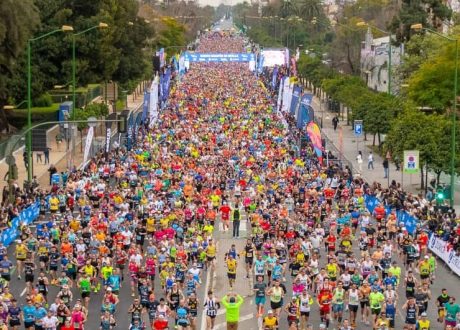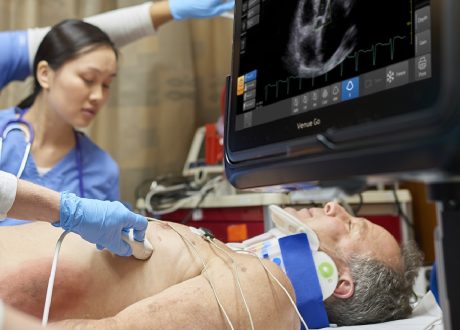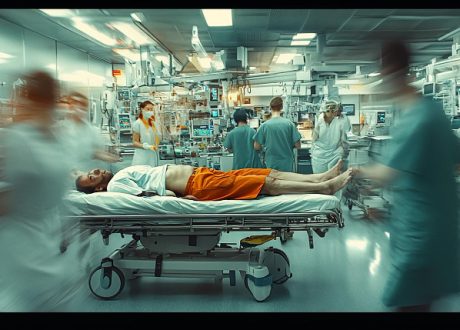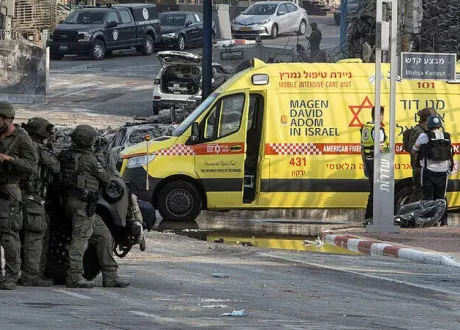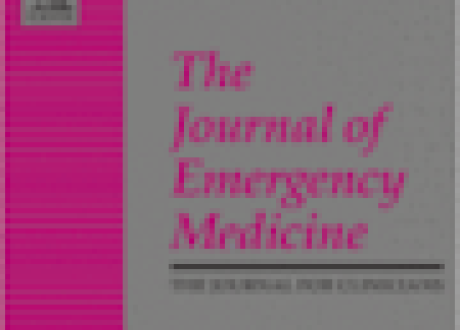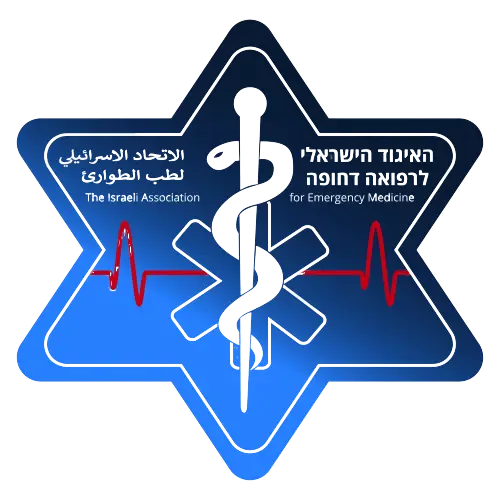Written by Julie Brown

Non-contrasted multislice CT (MSCT) is known to be highly sensitive in detecting subarachnoid hemorrhage (SAH) when performed within 6 hours of headache onset. Now, with modern MSCT, it looks like we can safely extend the timeframe even more.
Why does this matter?
Previous studies have demonstrated 100% sensitivity for the detection of SAH if a non-contrast CT scan was performed within 6 hours of headache onset. Since this landmark study in 2011, CT imaging technology and resolution has improved even more. With better imaging, can we push the timeframe past 6 hours and obviate the need for even more lumbar punctures?
Slice, slice baby…
This was a single-center, retrospective analysis of electronic data collected over a 10-year period (2008-2017) in which the primary outcome was the proportion of patients with spontaneous aneurysmal SAH who had a positive MSCT. The secondary outcome was the proportion of patients with any type of spontaneous SAH who had a positive MSCT. The data revealed that of the 327 patients who experienced a spontaneous SAH, 97.3% of all aneurysmal SAH, and 95.7% of all spontaneous SAH were identified by MSCT. As time increments from headache onset to MSCT increased, the sensitivity of MSCT in detection decreased but remained high. There were no differences observed between 128-slice and 64-slice CT scanners.
Modern third-generation MSCT scanners, when performed within 24 hours, identified all aneurysmal SAH: sensitivity 100% (95%CI 98.3-100), 99.6% (95%CI 97.6-100) at 48h; 99% (95%CI 97.1-99.8) for all SAH at 48h. This suggests that we may be able to extend the timeframe from headache onset within which SAH may be ruled out by MSCT evaluation.
Source
Sensitivity of modern multislice CT for subarachnoid haemorrhage at incremental timepoints after headache onset: a 10-year analysis. Emerg Med J. 2022 Nov;39(11):810-817. doi: 10.1136/emermed-2020-211068. Epub 2021 Nov 24.




